Making decisions is a critical part of any business. But making the right decisions in the right way can be difficult. That's where decision intelligence comes in. Decision intelligence uses data and analytics to help you make better decisions faster. It is important because it allows businesses to make decisions that are based on data and analytics, rather than gut feeling or intuition. Here are examples of how six popular industries use decision intelligence to make smarter decisions and improve their bottom lines.
Retail and ecommerce use cases
Boost revenue and sales
By analyzing competitor pricing, demand, and cost data retailers can use BI to make more informed decisions about pricing strategy. This can help them increase sales and profitability.
Make promotions more effective
By understanding customer behavior and product demand, retailers can identify opportunities for promotions that will be most effective in driving sales. As a result, retailers can create more customer loyalty and sales by knowing what promotions to send at the right time.
Improve product assortment and inventory levels
By analyzing data on customer preferences and buying patterns, retailers can identify which products are most popular and make sure they are always in stock. This can help retailers make sure they don’t run out of items during the busiest times of the year when they generate the majority of their revenue.
Personalize customer experience
By being able to look at past purchase history and browsing behavior, retailers can make recommendations for products that are more likely to be of interest to individual customers. This can help to increase sales and customer satisfaction.
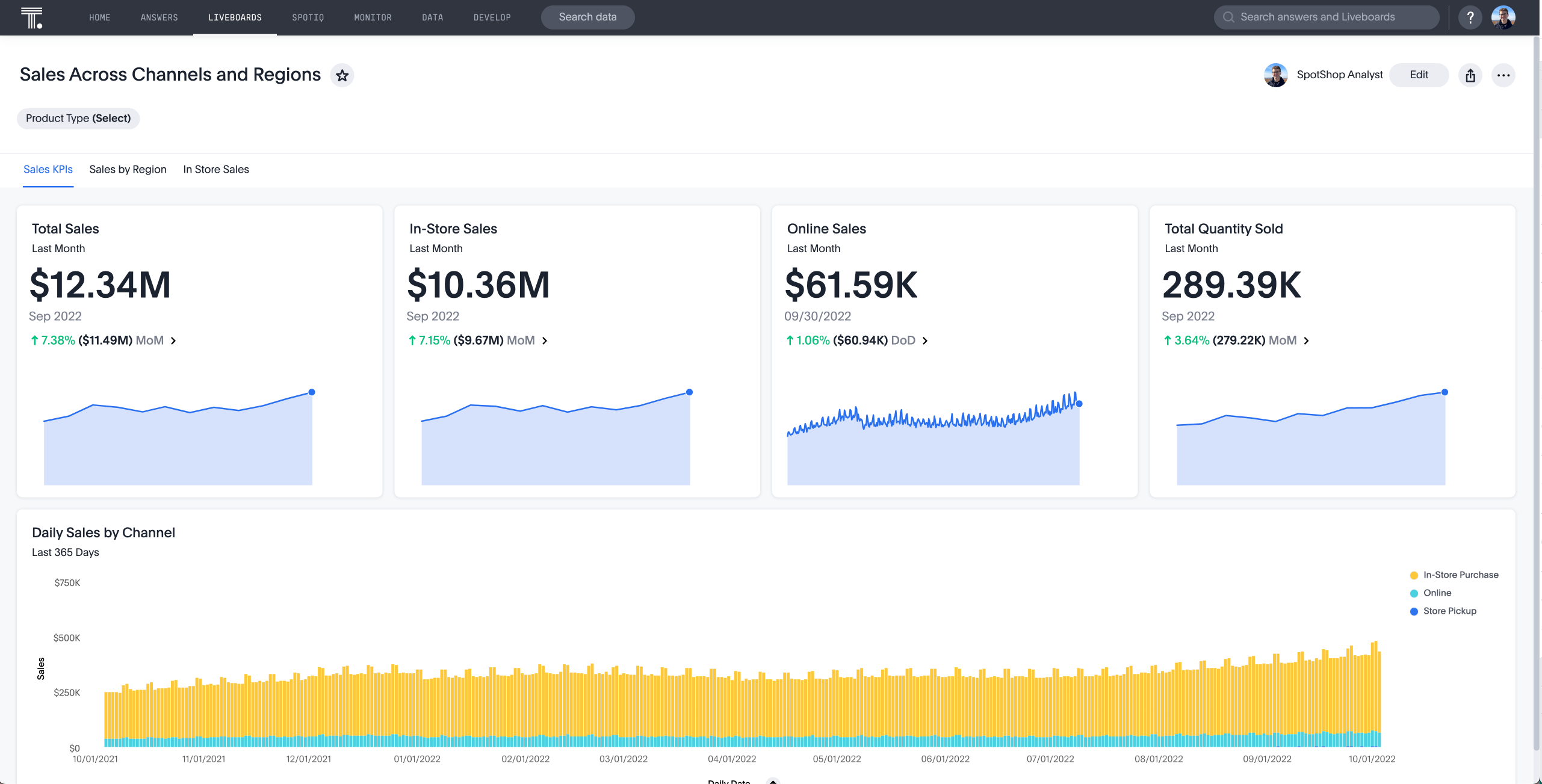
Financial services and banking use cases
Improve upselling and cross-selling
By getting instant access to insights, banks can determine what customers want and give it to them at just the right time. This helps banks increase revenue by determining when specific opportunities for upselling and cross-selling for specific products, services, and offers exist.
Assess risk and minimize
By identifying potentially risky customers and transactions, and then assessing the likelihood of those risks materializing, banks can use business intelligence for finance to make better decisions about who to lend to and what terms to offer, increasing profitability and minimizing losses.
Detect and prevent fraud
By quickly identifying patterns of unusual behavior and other red flags banks can prevent fraud in seconds. This helps financial institutions protect themselves from large fraud-related losses and can also help identify and prosecute those responsible for fraudulent activity.
Comply with regulations
Financial institutions are subject to a variety of regulations such as anti-money laundering rules. Decision intelligence can help banks comply with these regulations by identifying potentially suspicious activity so they can take appropriate action. This can help prevent fines and shut downs for violating regulations.
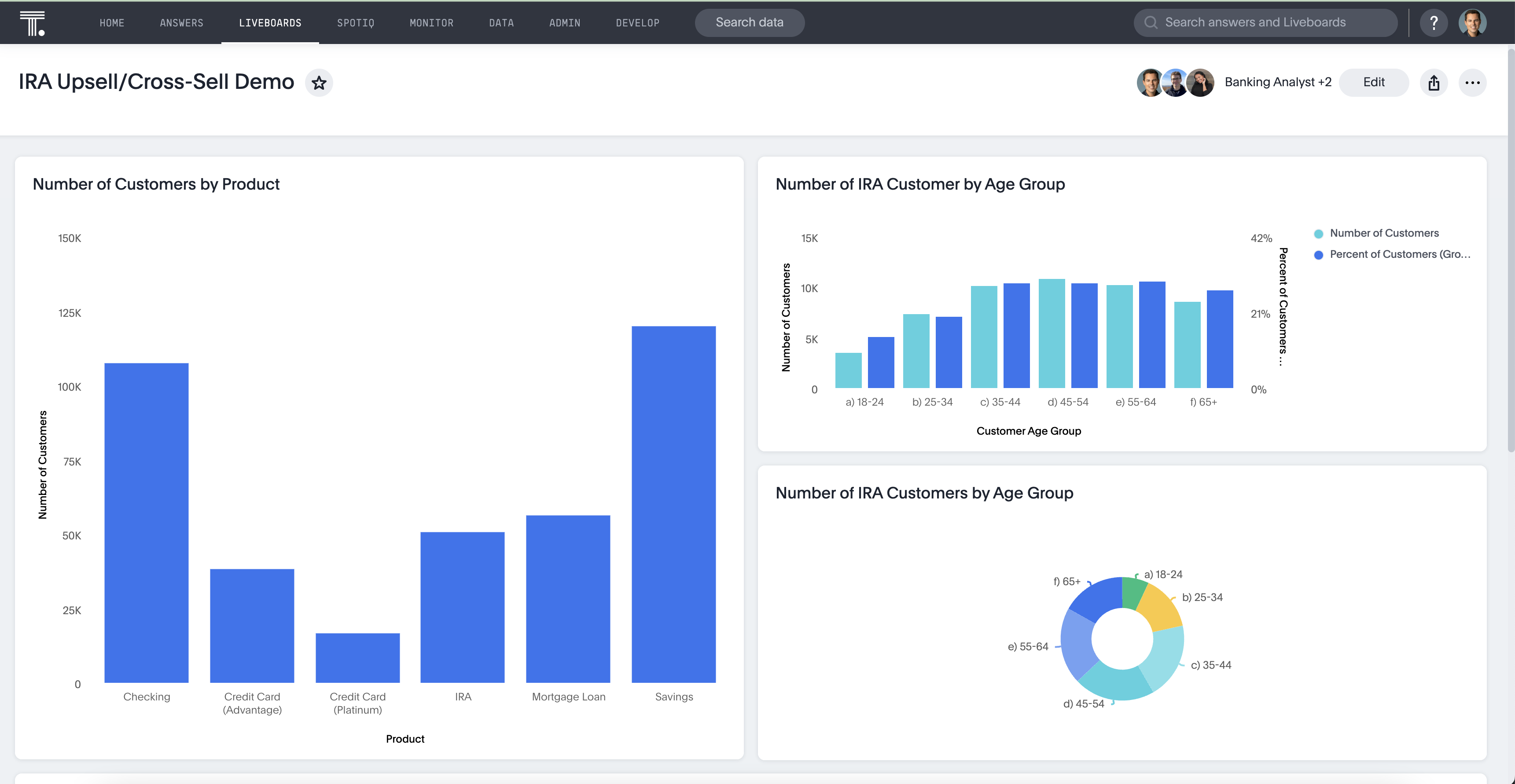
Telecommunications use cases
Improve customer service
Identifying patterns of customer behavior, and then using that information to customize products and services to meet customer needs is one of the easier ways telecommunications companies improve customer service. This helps telecom providers better serve their customers and retain them for longer periods of time.
Fix network problems
To ensure a good experience for everyone, telecom providers need an accurate understanding of where and when network congestion occurs. They can then add capacity or reroute traffic so that users don't face any delays in accessing the network.
Reduce customer churn
By understanding which customers are most likely to leave, telecom providers can take steps to retain them by offering discounts or better service. This can help avoid losing long term customers to competitors who may incentivize a deal to a telecom provider's customers in a certain area.
Tailor products and services
By understanding how customers use the network, companies can tailor their products and services to better meet customer needs. As a result of this telecom providers can increase revenue

Manufacturing use cases
Improve quality control
By monitoring production processes, manufacturers can identify when a process or machine is deviating from the norm and take corrective action to prevent defects. This can help improve product quality and reduce production costs.
Maintenance and repairs
By tracking the output of a machine with decision intelligence, a manufacturer can identify when the quality of parts begins to decline. This information can then be used to schedule maintenance on the machine, preventing parts from getting too worn and ensuring the machine meets the required quality standards.
Avoid costly production delays
If a manufacturer is noticing products are frequently being rejected due to poor quality, decision intelligence can be used to identify the root cause of the problem. This information can then be used to make changes to the production process, preventing future delays and ensuring products meet the required quality standards.
Optimize inventory levels and avoid stock-outs
By using data, manufacturers can make better decisions about production levels and inventory levels, which can help avoid stock-outs
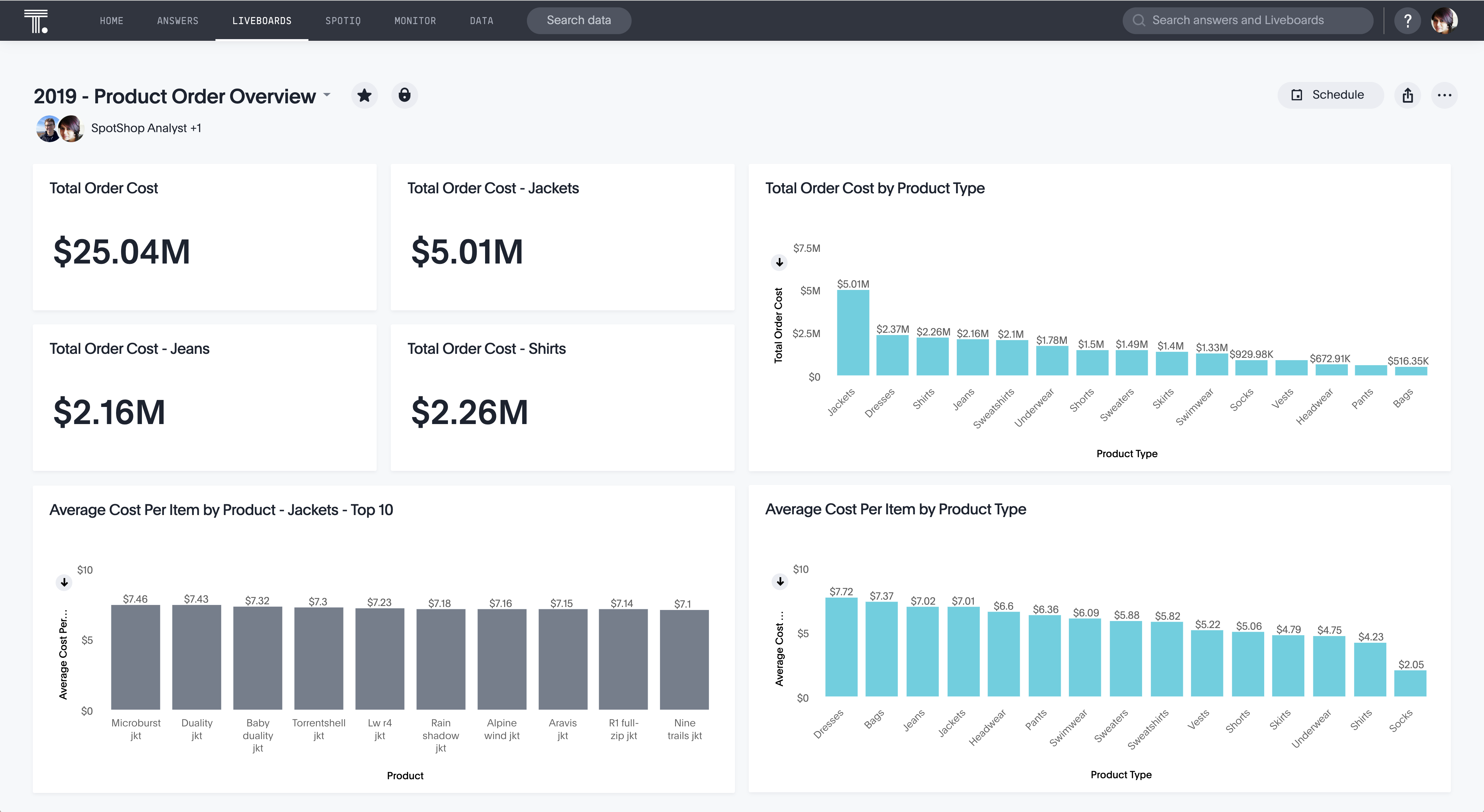
Healthcare use cases
Improve population health
Identifying trends in population data can help healthcare systems proactively address issues that impact overall population health. For example, if there is a spike in the number of patients with a specific condition, healthcare providers would be able to determine the cause of the spike and how to address it.
Reduce costs
Finding areas where there is excessive use of resources or inefficiency, healthcare providers can reduce operating or overhead costs. For example, if a hospital is using too many medical supplies or equipment, decision intelligence can be used to determine why this is happening and how to reduce the number of unnecessary masks, gloves, and other supplies being used.
Improve patient satisfaction
By determining which patients are most likely to be dissatisfied with their care and addressing their specific concerns, a healthcare system can boost patient satisfaction. Decision intelligence can also be used to determine average wait times at certain locations and how to fix long wait times.
Improve operational decision-making
By providing insights into how to optimize operations, healthcare organizations improve their efficiency and quality of care. For example, decision intelligence can be used to identify which processes are taking longer than they should and which treatments are not being delivered as effectively as they could be.
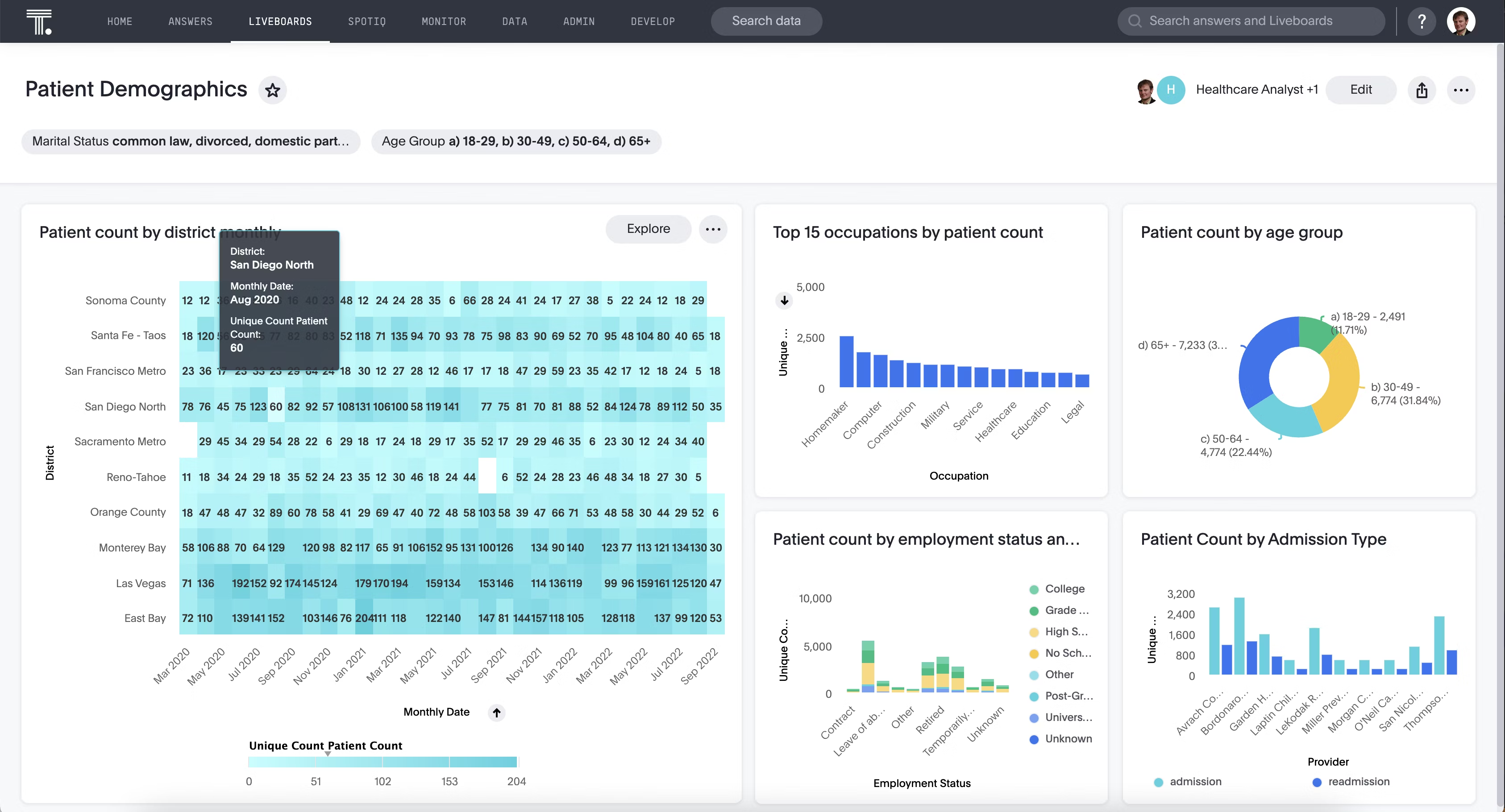
Procurement use cases
Assess supplier risk
By breaking down the financial health of a supplier, as well as their history of performance, organizations can make more informed decisions about which suppliers to work with.
Negotiate better contracts with suppliers
By understanding the terms of other contracts in the market, as well as the financial health of a supplier, organizations can put themselves in a stronger position to negotiate better contracts.
Save money
By knowing a supplier’s performance history, organizations can save money on their procurement costs.
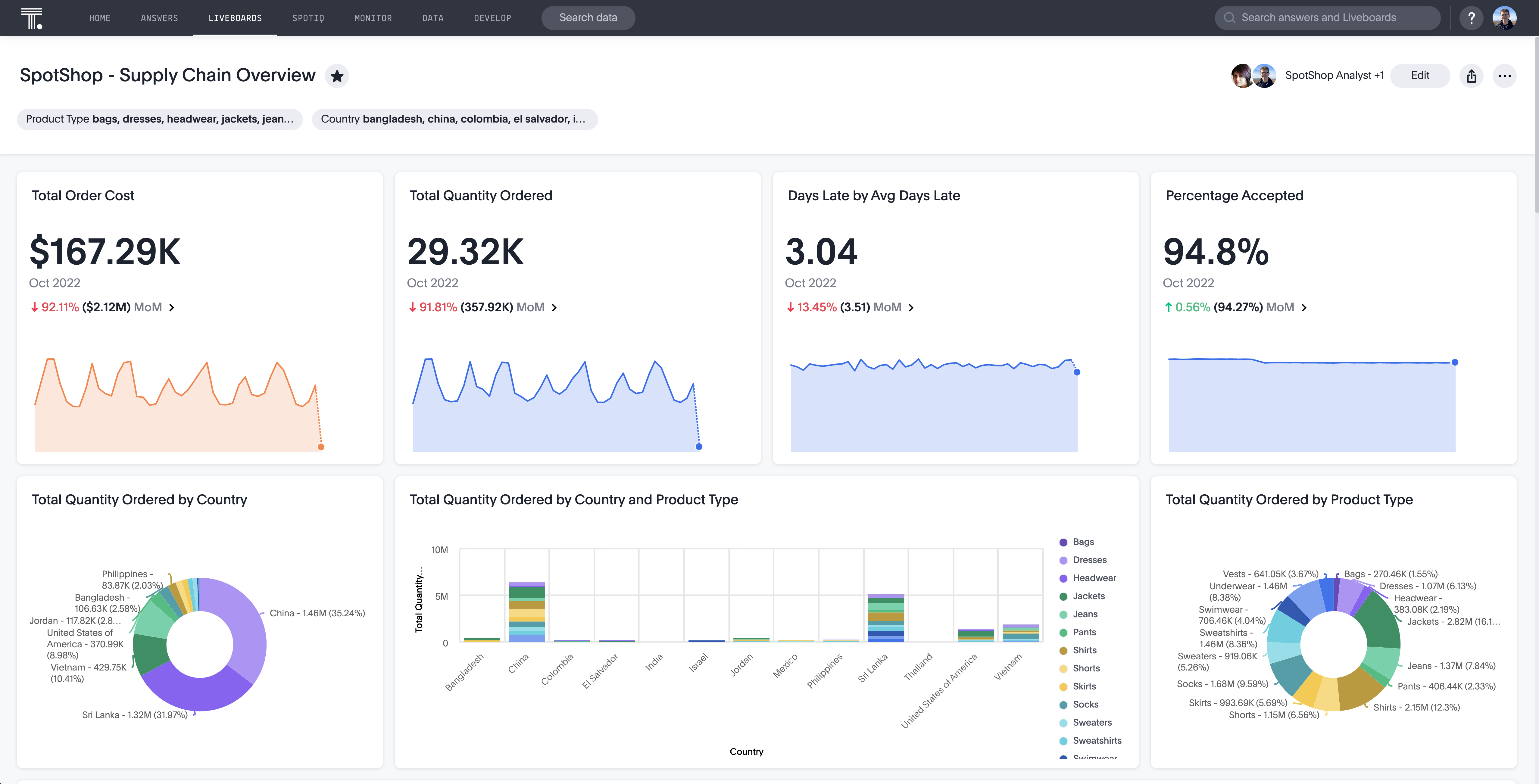
Make decision-making easier
Decision intelligence is a powerful tool that can help you make better, faster business decisions. Organizations all over the world rely on decision intelligence to improve their bottom line. If you want to join them, we suggest starting with a ThoughtSpot free trial. With ThoughtSpot, you can easily explore all of your live cloud data and create personalized, actionable insights to make smarter decisions. What are you waiting for? Get started today!









